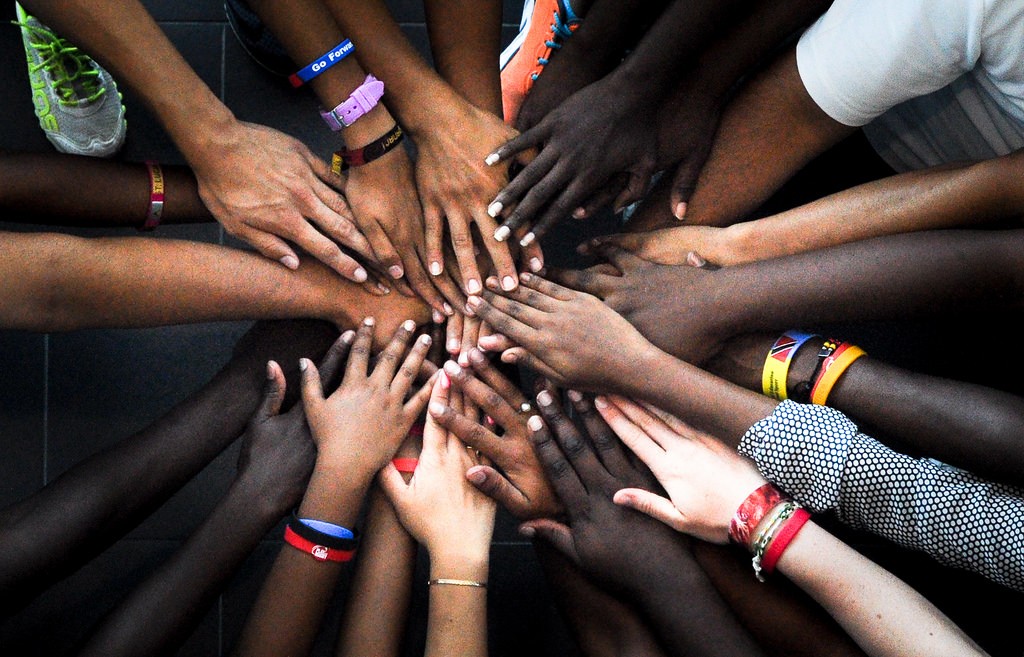A first attempt in gleaning some of the insights shared during the afternoon talks of the conference on Children and Youth in an Interconnected World, presenting a broad range of distinguished speakers, all talking about the role of children and youth in this fast-changing world.
The Rise of Two New Age Cosmopolitans: 1979-2012
Emerita Professor Barbara Finkelstein gives an inspiration talk about the changes we are facing today. She asks herself why we are teaching children this cliche-lesson “Stranger Danger” – so that we learn to fear everyone that looks different? It is complicated. How can we conceive of a diverse world if we take this ‘stranger-danger’ as the basic premise? So, she says, she is not going to take this as a starting point to look at children in a changing interconnected world.
We live in a special time, and we don’t know what it will be. Every day we can see the world, its bigness, its virtual and our imaginations. How can we link this to traditions that have come before? How our children are growing up, and we are too, in nontraditional times and nontraditional worlds, and this is going on everywhere. Formerly the access to strangers was the books – whereas now there is so much more, leading to unprecedented awareness, transcending spaces and justices. The world does not stop at our doors, we grow up as witnesses to an interconnected world, ever more complex and puzzling.
Who could have imagined that social networks could have been refashioned so tremendously, reshaping our world? Translocal, polyvocal and deeply challenging realities, continually shifting what is inside and what is outside. Teaching and learning has become geographically unbound. New sites of belonging, new forms of reflecting. Rising generations with new habits of mind and association, a world where migration has spanned the globe.

Can we understand today’s childhood?
All these patterns eventually will link up, but that is not the most important part of the world now. Professor Finkelstein is wondering how the children of today can move through this complex world. Is it too difficult to know? Too anecdotal? Too complex?
We do not need any enormous ideas, as these ideas – communism, socialism, capitalism – they are not real anymore, they are not connected to this world any more, some scholars argue. We need ways of thinking that relate to actual lives, that relate to the local, that describe the deep diversities of the newly developing communities. This kind of logic leads us to think about children. Children today have potentially more agency than any other generation of children that ever existed. They have a chance in this new world of communication, to become either more or less empowered, but at least it will be a world of connection – both deadly a well as life-giving connections.
New generation of cosmopolitan
The children of today define their identity along the imagined worlds they live in as well as the actual worlds, and this leads us to think about two new age cosmopolitans. Cosmopolitans are out there, in front of things. Today this is only possible when you are connected to the whole world. One is the border-crossing young generation that struggles, such as those endured by Dr. Tomoko Tokunaga, the previous speaker at the conference on Children and Youth in an Interconnected World. Another type of cosmopolitan is one who takes cultural overlay and makes culture used in different settings and contexts, going by the name of Omekongo Wa Dibinga, expressed in his rap “The African, the American“. Professor Finkelstein explores these themes of cultural overlay by tracing the lives and experiences of ruptures and dislocations that produce a yearning. It is the stories of the challenge of border crossing and the discovery of belonging. These nowadays provide different stories than before – because the world is more complex and connected. There is more knowledge and there is much more movement.
It is these young cosmopolitan people that can fashion and plot stasis for themselves, can find a sense of home and ibasho, while taking along the imaginations that transcend the old-fashioned worlds. Exploring who they want to be while bringing along the cultural connections that they have encountered along the way of their life.
Photo Credit: obaxterlovo Flickr via Compfight cc.
About the author
Nicole des Bouvrie is a continental philosopher and a visiting scholar during autumn 2016 at the Bahá’í Chair for World Peace. She works as a freelance philosopher all around the world, applying structures of thought to practical problems. She is interested in radical change and feminine thinking.
is a continental philosopher and a visiting scholar during autumn 2016 at the Bahá’í Chair for World Peace. She works as a freelance philosopher all around the world, applying structures of thought to practical problems. She is interested in radical change and feminine thinking.
For more information about Nicole: personal website, Twitter.
